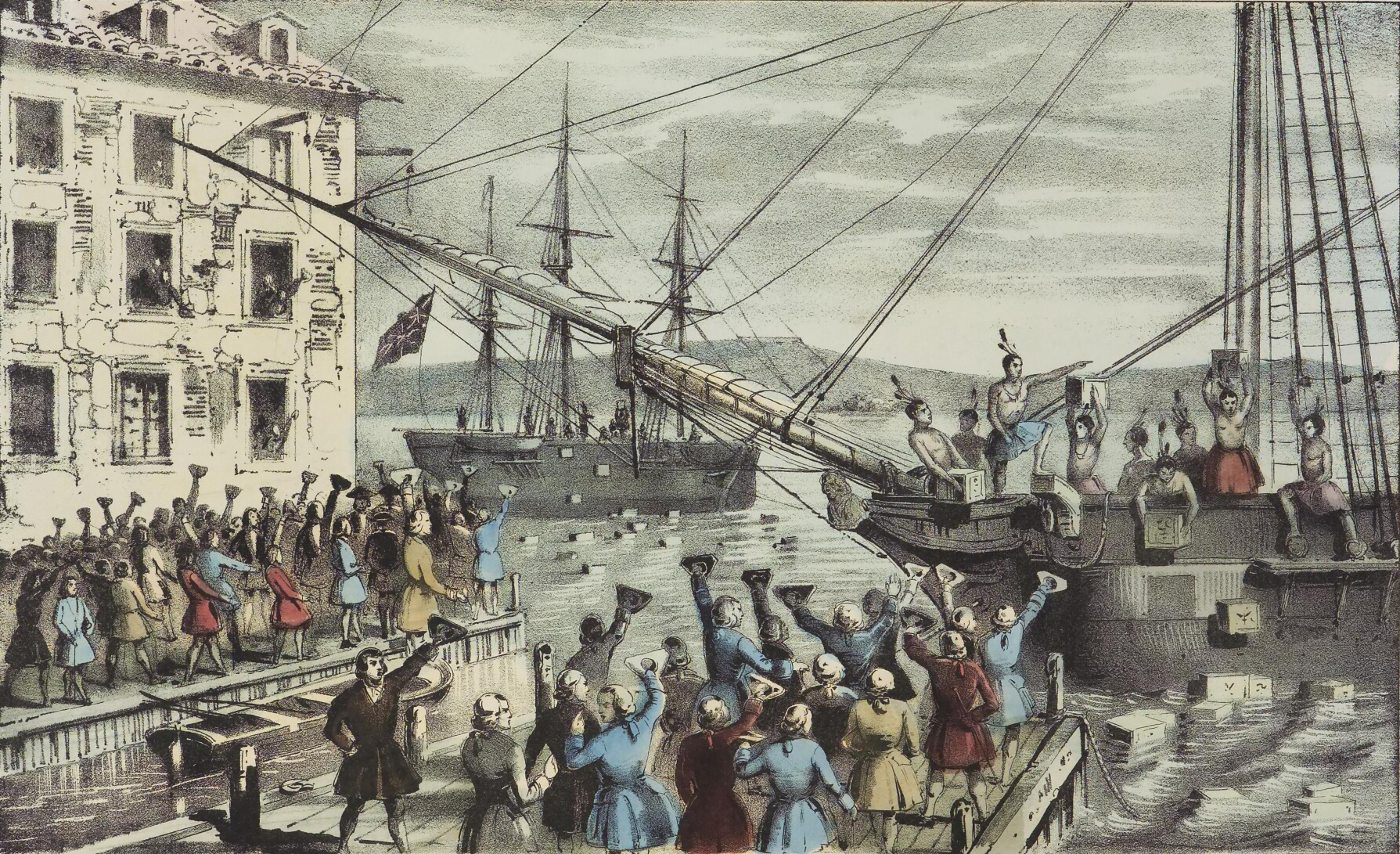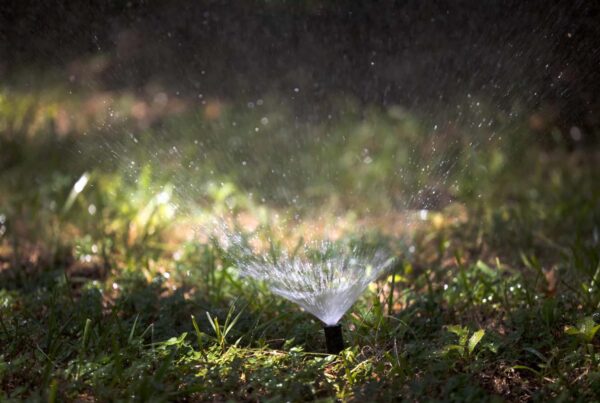The Goodman kids in Laredo, Texas, often pulled out this old box anytime they had show and tell at school. It was the default, pre-packaged sure-fire interesting subject for all show and tell talks. The box, they claimed, with some good evidence backing them, played an important role in the American Revolution.
Of course there were skeptics. How did that box make it all the way across thousands of miles and two centuries from New England to Laredo, Texas? And how could a simple, old wooden box have played a role in the American Revolution?
Good questions. The Goodmans brought the receipts, as is often said today.
Helen Ford Waring, the Goodman children’s grandmother had endeavored, with great success, to verify claims that had long been made about the box. She tracked the box across generations of her family tree to determine who willed it to whom from which city and who willed it to them from what state, etc.
Like a good sleuth, she stalked the box – determining who had it for how long and what they used it for.
It once was a nursery for a beautiful litter of kittens, and was their cat box for some years. In another family, the box was used by a young girl as a doll house of sorts. There were many different uses for the box over the eons.
The Goodmans had stored it under the dining room table for the primary purpose of being at the ready for show and tell. The box had even traveled across Texas, by inheritance, from Corpus to San Antonio, to Laredo.
Helen did such a good job proving provenance that in 1976, the bicentennial year, the Smithsonian came calling. They were looking for artifacts of interest to display during that highly significant anniversary of the American Revolution.
The Smithsonian had heard about the box and its connection to that time. They did their own research, of course, and decided that the claims were legitimate and put it on display at the museum during that year. They called it “The Robinson Half Chest” because it lacked a lid.
Where did the box track back to?
Helen was able to prove that a great, great, great ancestor of hers was up early one morning walking along the shore near Boston. His name was John Robinson. He found a box – a nice wooden box made of wood half an inch thick. John had the reaction that we all have even in modern times when we come across a well-made sturdy box. He said to himself, “A shame to let that good box go to waste. Ought to be good for something.” So he took it home.
It was only later that he heard of the events of the night before, when patriots had snuck aboard a British ship and dumped 300 boxes of tea into the Boston Harbor – otherwise known as The Boston Tea Party.
Many of the boxes floated out to sea or were destroyed on purpose to “hide the evidence.” But this one box survived and was passed down from generation to generation across many states to where it resided for years near another shore on the Rio Grande.
In 2004, Andre Goodman heard that a Tea Party Museum was being built for Boston. He felt that the Robinson Half Chest should have a proper home where more people could see it. He approached them and a deal was struck.
Today, the box – the only one from that famous tea party – has a place of honor in the museum there. It has made a round-trip journey of thousands of miles, via Laredo, that took over two hundred years.
It is now on the same docks where it was tossed into the ocean so long ago. It has returned to the place its journey began.














